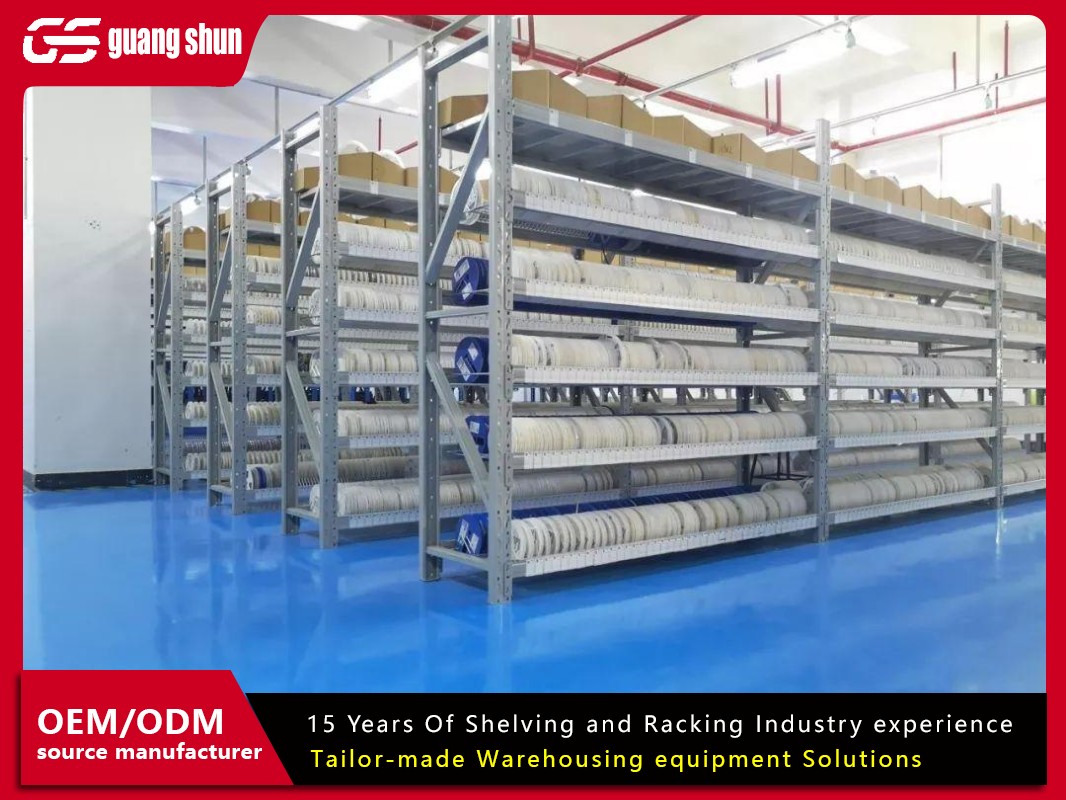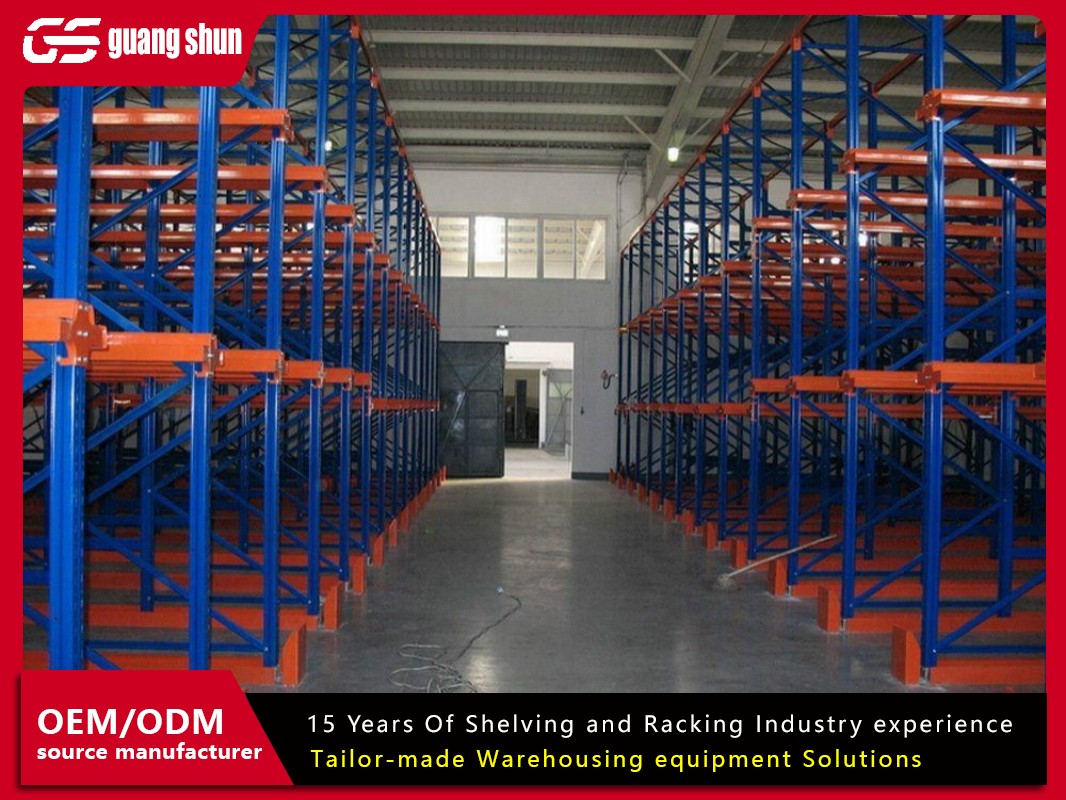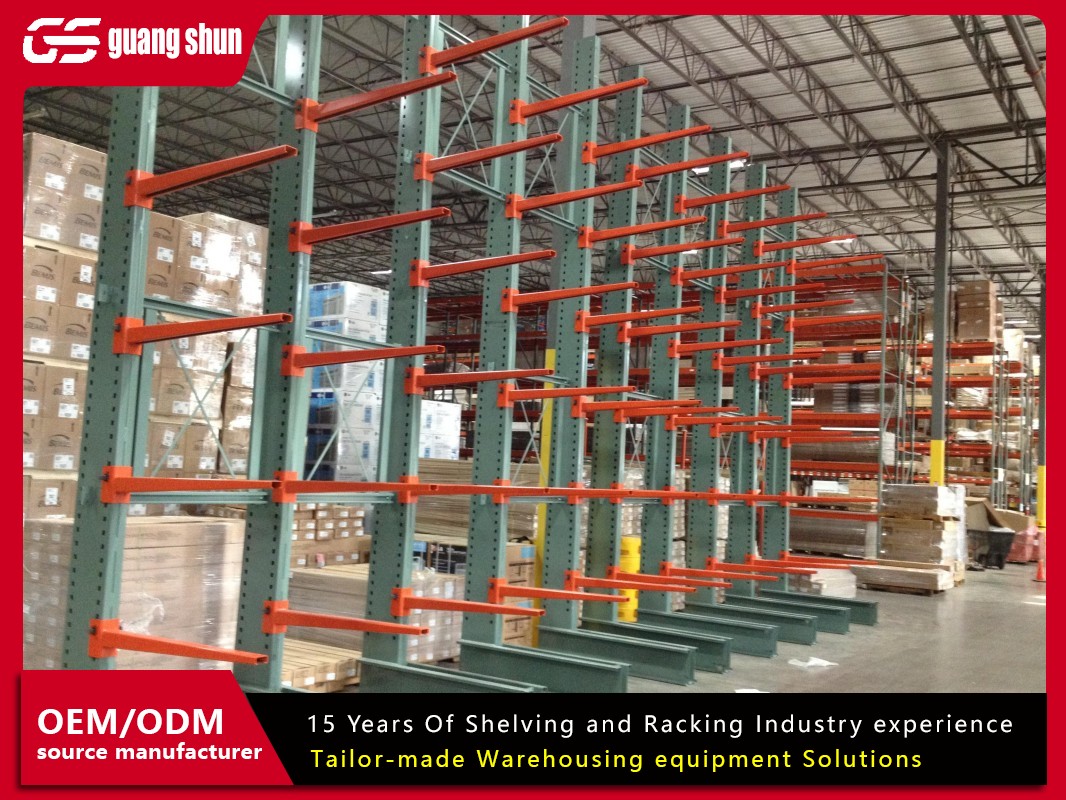That empty space in your distribution center is staring back at you. You know you need more storage capacity, and the obvious solution is new warehouse racking. But this isn't just a simple purchase; it's a long-term investment that will dictate your operational efficiency, safety, and scalability for years to come. Jumping in without a proper plan can lead to costly mistakes, underutilized space, and even safety hazards.
Choosing and installing new warehouse racking is a multi-faceted process. It’s more than just buying metal beams; it's about engineering a storage solution that is perfectly synced with your inventory, equipment, and workflow. Let's break down the seven critical aspects you need to consider to ensure your investment pays off.
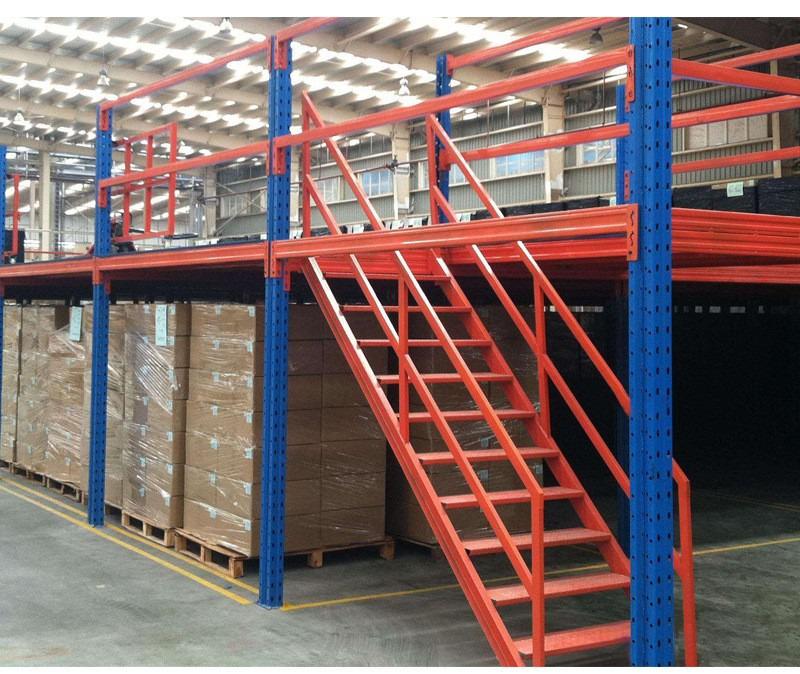
Assessing Your Needs and Space for Optimal Racking
Before you look at a single catalog, the first and most crucial step is a deep dive into your own operations. The perfect new warehouse racking system isn't a one-size-fits-all product; it's a custom solution built on data.
Start by analyzing your inventory profile. What are your stock-keeping units (SKUs)? What are their dimensions, weights, and turnover rates? Do you have a large quantity of identical pallets (ideal for selective pallet racking) or a variety of smaller, slower-moving items (where cantilever racking might be better)? Understanding this helps determine the required load capacity and configuration of your new warehouse racking.
Next, conduct a precise analysis of your available space. Don't just look at the floor plan. Consider the cubic volume. Modern warehouses grow up, not out. Accurate measurements of ceiling height, column placements, and door locations are essential for maximizing storage density and ensuring your new warehouse racking system utilizes every possible inch.
Navigating the Different Types of Warehouse Racking
The world of new warehouse racking is diverse. Selecting the right type is fundamental to achieving your efficiency goals. Here are the most common configurations:
Selective Pallet Racking: This is the most common and versatile system. It allows direct access to every pallet, making it ideal for warehouses with a high number of SKUs. When you install new warehouse racking of this type, you prioritize accessibility over maximum density.
Drive-In/Drive-Thru Racking: Designed for high-density storage of products with low SKU counts. Forklifts drive directly into the rack structure to place and retrieve pallets. This is an excellent choice for cold storage or storing products that are not time-sensitive.
Push-Back Racking: A popular compromise between selectivity and density. Pallets are stored on nested carts on a slight decline. When a new pallet is placed, it pushes the previous ones back. Retrieval works in reverse, with the next pallet moving forward. This new warehouse racking system typically offers 2-5 pallets deep of storage per side.
Pallet Flow Racking: Utilizes dynamic rollers and gravity. Pallets are loaded from the rear and glide slowly to the front on a first-in, first-out (FIFO) basis. This is perfect for high-throughput operations with expiration dates or lot-number tracking.
Cantilever Racking: If you store long, bulky items like pipes, timber, or furniture, this is your go-to solution. It features arms that extend from a central column, providing unobstructed access without front-column interference.
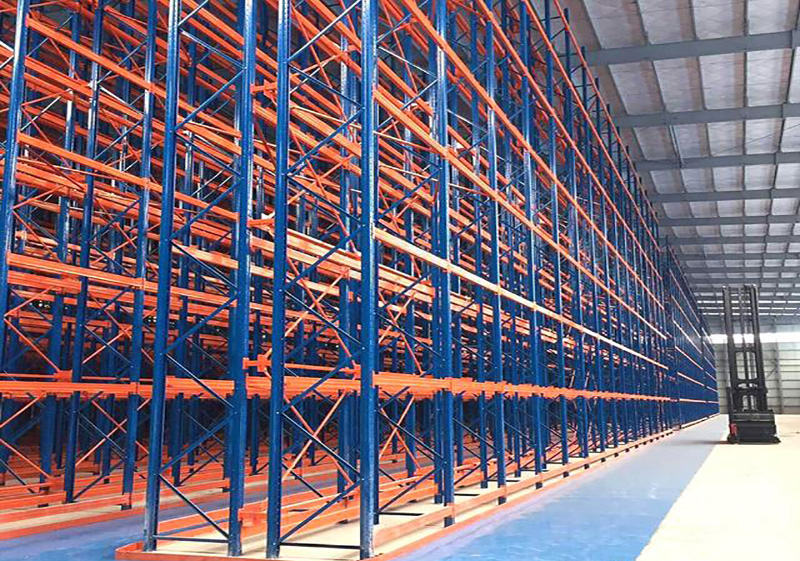
The Critical Role of Safety and Load Capacity
New warehouse racking is a significant structural component of your facility. Ignoring safety is not an option. The integrity of the system hinges on two things: correct installation and unwavering adherence to load capacity.
Every component of your new warehouse racking is engineered for specific weight limits. These are not suggestions; they are absolute maximums. Exceeding them, even slightly, compromises the entire structure's integrity and creates a severe safety risk. Always calculate the weight of your heaviest pallets, including the pallet itself, and ensure your racking is rated accordingly.
Furthermore, invest in essential safety accessories. Column guards, post protectors, and aisle-end guards are crucial for preventing damage from forklift impacts. Even a minor bump can weaken a beam connection. Regular inspections of your new warehouse racking for dents, bends, or misalignments should be a mandatory part of your safety protocol.
Integration with Material Handling Equipment
Your new warehouse racking and your material handling equipment, primarily forklifts, must work in harmony. The dimensions of your racking system will directly dictate the type of equipment you need.
A critical measurement is the aisle width. Standard forklifts require wide aisles (12-13 feet), which drastically reduces your storage density. If you are planning new warehouse racking for a new facility or a major overhaul, consider Very Narrow Aisle (VNA) equipment. This allows for aisles as narrow as 5-6 feet, dramatically increasing storage capacity but requiring a specific type of racking and a specialized forklift like a turret truck. The choice between a standard and a VNA system is a major cost and efficiency decision that must be made concurrently.
Future-Proofing with Scalability and Flexibility
Your business will not stay the same, and your storage system shouldn't be a rigid constraint. A significant advantage of modern new warehouse racking designs is their inherent scalability.
Look for systems that are easily reconfigured. Can you add vertical levels as your ceiling height allows? Can you easily extend the racking system laterally as you acquire more space? Opting for a new warehouse racking system from a manufacturer that uses standardized, readily available components ensures that future modifications or expansions are straightforward and cost-effective. This flexibility allows your storage infrastructure to evolve with your business needs, protecting your investment in the long run.
Understanding the Total Cost of Ownership
The initial purchase price of the racking components is just one part of the financial picture. The true cost of new warehouse racking encompasses the Total Cost of Ownership (TCO).
This includes:
Cost of Components: Beams, frames, wire decking, etc.
Professional Installation: Improper installation is a massive safety risk. This is not a DIY project.
Permits and Engineering: You may need a professional engineer to stamp the design plans for permit approval.
Future Maintenance and Repairs: Budget for routine inspections and potential replacement parts.
Potential Operational Downtime: The cost of pausing operations during installation.
While it might be tempting to choose the cheapest option, a slightly higher initial investment in a robust, well-designed new warehouse racking system will pay for itself through enhanced safety, greater efficiency, and longer lifespan.
The Installation Process: What to Expect
Installing new warehouse racking is a significant project that requires careful planning. The process typically involves site preparation, which may include floor cleaning and marking. Then, the upright frames are positioned and plumbed. Beams are then installed at the designated levels, followed by any decking or safety accessories. It's a meticulous process that demands precision. Partnering with an experienced and certified installer is non-negotiable. They will ensure the system is assembled correctly, safely, and in compliance with all local regulations and manufacturer specifications, guaranteeing that your new warehouse racking performs as intended.
Frequently Asked Questions (FAQs)
Q1: How long does it typically take to install new warehouse racking?
A1: The installation timeline for new warehouse racking varies significantly based on the project's scale and complexity. A small, simple selective racking system might be installed in a few days, while a large, automated, high-density system for an entire distribution center could take several weeks. Your racking supplier and installer will provide a detailed project timeline after assessing your specific needs.
Q2: Do I need a permit to install new warehouse racking in my facility?
A2: In most jurisdictions, yes. New warehouse racking is often considered a structural change to a building and typically requires a permit from your local building authority. The process usually involves submitting design plans, often stamped by a professional engineer, to ensure the system meets all safety and building codes. Your racking supplier or installer can usually guide you through this process.
Q3: Can I reuse or relocate my new warehouse racking if I move facilities?
A3: Generally, yes, most bolt-together new warehouse racking systems are designed to be disassembled and reassembled. However, it is crucial to have the system inspected by a professional before reinstallation. Components may have incurred hidden damage during disassembly or transport. The upright frames must also be checked to ensure they are still perfectly plumb and undamaged, as their structural integrity is paramount.
Q4: What is the average lifespan of a well-maintained warehouse racking system?
A4: With proper use, regular inspections, and timely maintenance, a high-quality new warehouse racking system can last for 20 years or more. The lifespan is heavily influenced by the operating environment (e.g., exposure to moisture or chemicals can reduce it) and how well it is protected from forklift impacts.
Q5: How much weight can typical new warehouse racking hold?
A5: There is no single "typical" weight capacity, as it is entirely customized. Load capacities for new warehouse racking are determined per beam level and per upright frame. Capacities can range from a few thousand pounds per level for lighter-duty selective racking to over 50,000 pounds for heavy-duty applications. Your supplier will calculate the required capacities based on your specific inventory weight data.



